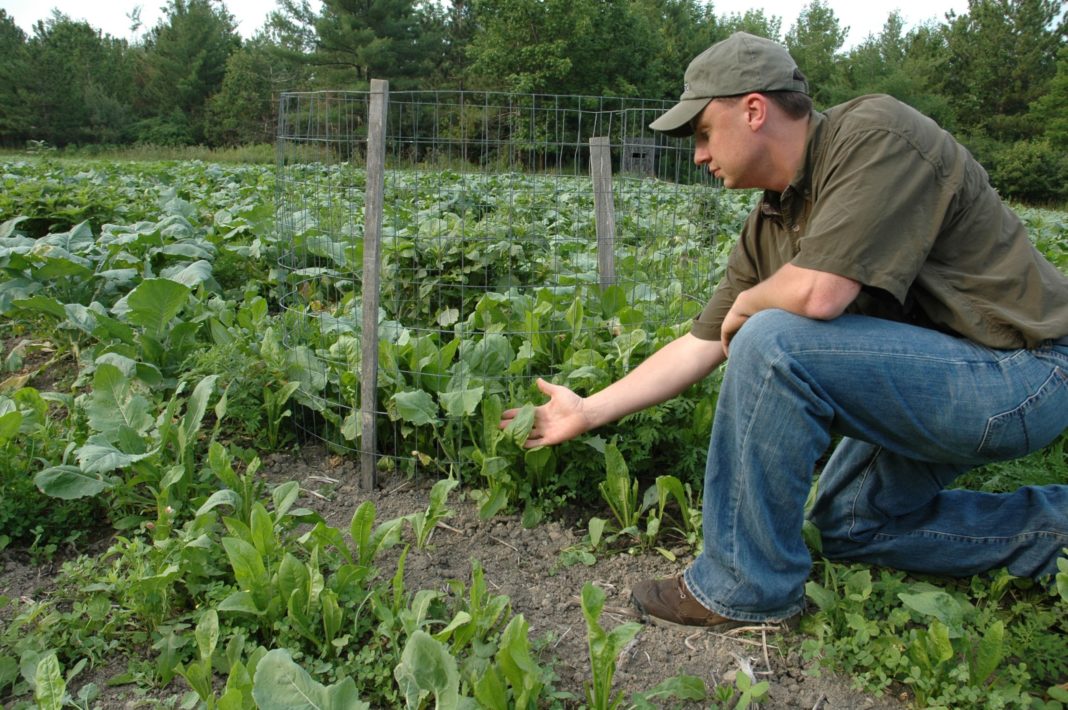
Sewing food plot seeds while snow covers the ground may sound a bit odd, yet there’s science behind the practice. With this crazy winter, finding snow cover is no problem, so this is a practice you may want to consider. Besides, its another reason to get outside and beat cabin fever. Here are the basics of this unique strategy, as reported by Scott Bestful on the Whitetail Institute website.
My dad likes to tell me stories from his boyhood, and my favorites almost always involve some aspect of farm life. One in particular involved an uncle known for odd behavior and antics that made most of the family think him mildly, if not completely, “touched.” Dad recalled this uncle, walking around in snow-covered fields and pastures, working a hand crank seeder. Naturally, planting seeds in the snow only fueled the poor uncle’s already suspect reputation and elevated his potential as a candidate for one of the state institutions nearby.
Of course, many years later, it has become clear that crazy Uncle Milt was simply frost-seeding those fields. He might still have been a poster boy for the loony bin in other areas of his life, but the man had no screw loose when it came to successful farming. Like almost everything food-plot related, hunters learned the technique of frost-seeding from farmers. As a practice, it’s been around for decades (or longer) and has been used to recharge and regenerate fields and pastures by those who make their living in agriculture. For those of us who simply want to grow better food plots for deer, it can be an effective and inexpensive way to not only recharge a food plot but add years to its life.



















![The Best Deer Camp Chili [VIDEO] Deer Chili Ingredients, Tomatoes, Chili Spices](/wp-content/uploads/2015/10/Deer-Chili-Deer-Camp-Recipe-218x150.jpg)
![How to Call Elk Early in the Season [VIDEO]](/wp-content/uploads/2016/08/byers003-218x150.jpg)




![Idiots Disturb Hunter: How Would You Have Handled It? [VIDEO]](/wp-content/uploads/2015/10/DSC00110-e1474487693878-100x70.jpg)
![Albino Buck Shocked to Shed His Antlers [VIDEO]](/wp-content/uploads/2015/10/AlbinoDeer-100x70.jpg)